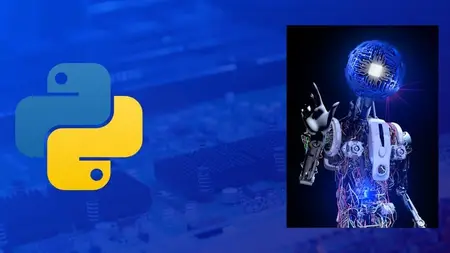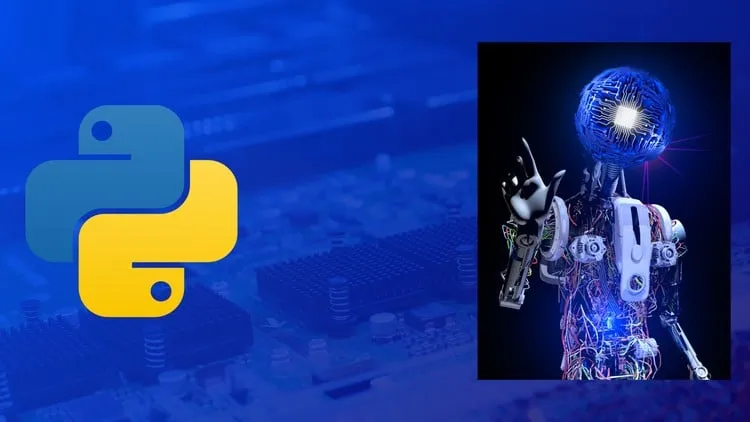Reinforcement Learning Essentials and Classical Methods
Published 8/2025
Duration: 9h 12m | .MP4 1280x720 30 fps(r) | AAC, 44100 Hz, 2ch | 3.49 GB
Genre: eLearning | Language: English
Published 8/2025
Duration: 9h 12m | .MP4 1280x720 30 fps(r) | AAC, 44100 Hz, 2ch | 3.49 GB
Genre: eLearning | Language: English
Learn the foundations of reinforcement learning through MDPs, dynamic programming, and Python examples.
What you'll learn
- Understand the key components of reinforcement learning, including agents, environments, states, actions, rewards, and policies
- Gain a clear understanding of Markov Decision Processes (MDPs) and how they form the foundation of RL problems
- Apply dynamic programming techniques such as policy evaluation and value iteration using Python Explore model-free methods like Monte Carlo, SARSA, Q-Learning
- See how RL problems are implemented and solved using environments like Blackjack, Taxi, Frozen Lake, and Cliff Walking
Requirements
- No previous experience in machine learning or reinforcement learning is needed
- A willingness to follow the logic behind RL step by step is more important than memorizing equations
Description
This course focuses on the foundational concepts of reinforcement learning. Instead of diving into complex neural network-based models, we stick to the mathematical and logical basics that are used across most reinforcement learning algorithms. If you're new to the subject or trying to get a clear understanding of the core principles behind RL, this course is a good starting point.
We begin by explaining what reinforcement learning actually is, and how agents, environments, actions, states, rewards, and policies fit into the picture. Then we cover Thompson Sampling and Upper Confidence Bound—two useful strategies for learning under uncertainty.
A large part of the course is dedicated to Markov Decision Processes (MDPs), which provide the structure for many RL problems. You’ll learn the components of an MDP, see how value functions are computed, and work through them using Python.
We also look at dynamic programming methods, including policy evaluation and value iteration, and how they are implemented step-by-step. Then we move to model-free approaches like Monte Carlo, SARSA, and Q-learning. All of these are explained with hands-on coding examples using environments like Blackjack, Taxi, Frozen Lake, and Cliff Walking.
This course is suitable for anyone who wants a clearer understanding of how RL works under the hood. Basic Python is helpful, but you don’t need any machine learning background to follow along.
Who this course is for:
- Developers or analysts who prefer step-by-step code examples and practical explanations over abstract theory
- Students or professionals in engineering, computer science, or data fields looking to strengthen their RL basics
- Anyone interested in the math and logic behind RL without being overwhelmed by deep learning frameworks
More Info



